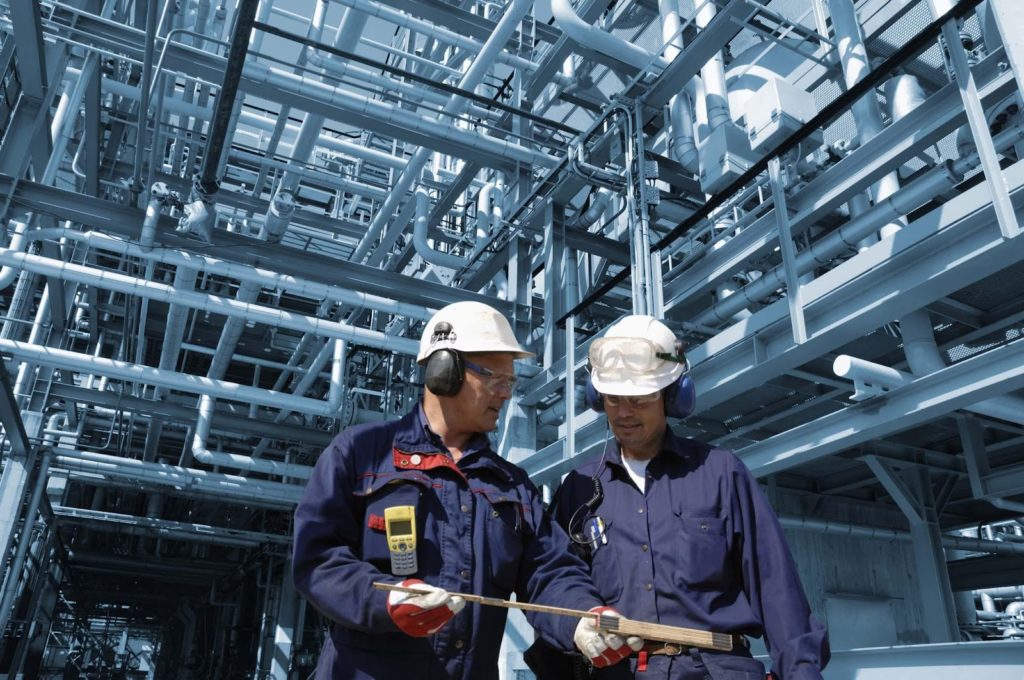3 Tips to Promote Safety in the Workplace

Estimated reading time: 6 minutes

Human Factors into Design & Operations Risk Framework
Human factors play a significant role in major accident causation, with several major oil and gas accidents being attributed to human causes. The US Chemical Safety Board (CSB) has identified human factors as one of the major factors that has led to disastrous accidents in the oil and gas industry. Human factors is defined as, “environmental, organisational and job factors, and human and individual characteristics, which influence behaviour at work in a way which can affect health and safety.”
Several notable accidents in the industry have all been caused by lapses in safety procedures and failure of proper human factors integration into operations. For example, the Piper Alpha incident of 1988, recorded 167 fatalities, was caused by inadequate maintenance procedures, as well as carrying out operations without suitable firefighting equipment. We also go in-depth on the role of human factors in the BP Texas City Explosion here.
Human factors integration relates to all the interactions involving humans, including: the technology they interact with, the inputs and outputs; and the environment they are exposed to when working as part of the system. These accidents highlight the increasing need for proper safety culture in hazardous industries, particularly process industries. Hence, proper steps need to be taken by organisations to effectively integrate human factors into the design and operations risk framework. By doing so, it promotes an effective safety culture to prevent accidents from happening. Here are the 3 most important elements of an effective safety culture.
- Development and implementation of a safety program
- Lead by example
- High levels of hazard reporting
- Development and implementation of a safety program
A comprehensive safety program addresses all work-related hazards, including potential hazards from any change in workplace procedures. Proper identification of hazards need to be accompanied by solutions, and then implemented into the safety program.
In addition of a safety program, companies with effective safety cultures are accompanied by established and communicated company safety values, which are regularly and consistently promoted by upper management. This way, there is clear communication to all employees with consistent application of policies and procedures.
- Lead by example
A key aspect in promoting a positive safety culture stems from the actions of the management team. Reinforcement of the safety program needs to be done by them for it to be successful. For example, roles need to be assigned to managers, supervisors and workers at all levels to keep them accountable. This is then supported by providing them with access to proper training and resources, so they can carry out their responsibilities efficiently.
Senior management leadership tours and visits also aids in promoting a safety culture, as it acts as a positive reinforcement for workers. It creates an opportunity for workers to feedback on current workplace conditions, procedures or hazards and for management to better understand the issues workers are facing.
- High levels of hazard reporting
The most important factor for an effective safety culture is having high levels of hazard reporting. High levels of hazard reporting indicate that employees believe in the safety system in place and that management will take appropriate action. It generally only occurs when employees are highly trained in OHS hazard identification and the importance of identifying them before an incident occurs.
ISO 45001 recognises this with the requirement for management to ‘remove any obstacles’ to an effective hazard reporting system, such as the lack of feedback regarding the progress of associated corrective actions. A positive safety culture is easier to build and maintain when employees feel comfortable reporting concerns, believe that the reporting process is positive and see improvement outcomes.
Integrating Human Factors into Design & Operations Risk Framework is a 3-day training course held from 26-28 November 2019 (Singapore). The course will describe the best practices in the development of competency management systems and how management can identify of the types of human error and pre-conditions that increase the likelihood of error occurrence. Other topics include the ergonomic aspects of the human-machine interface, organisational cultural models and behaviours surveys, the principle characteristics of “High Reliability Organisations”, best practice leadership approaches and more.
 |
